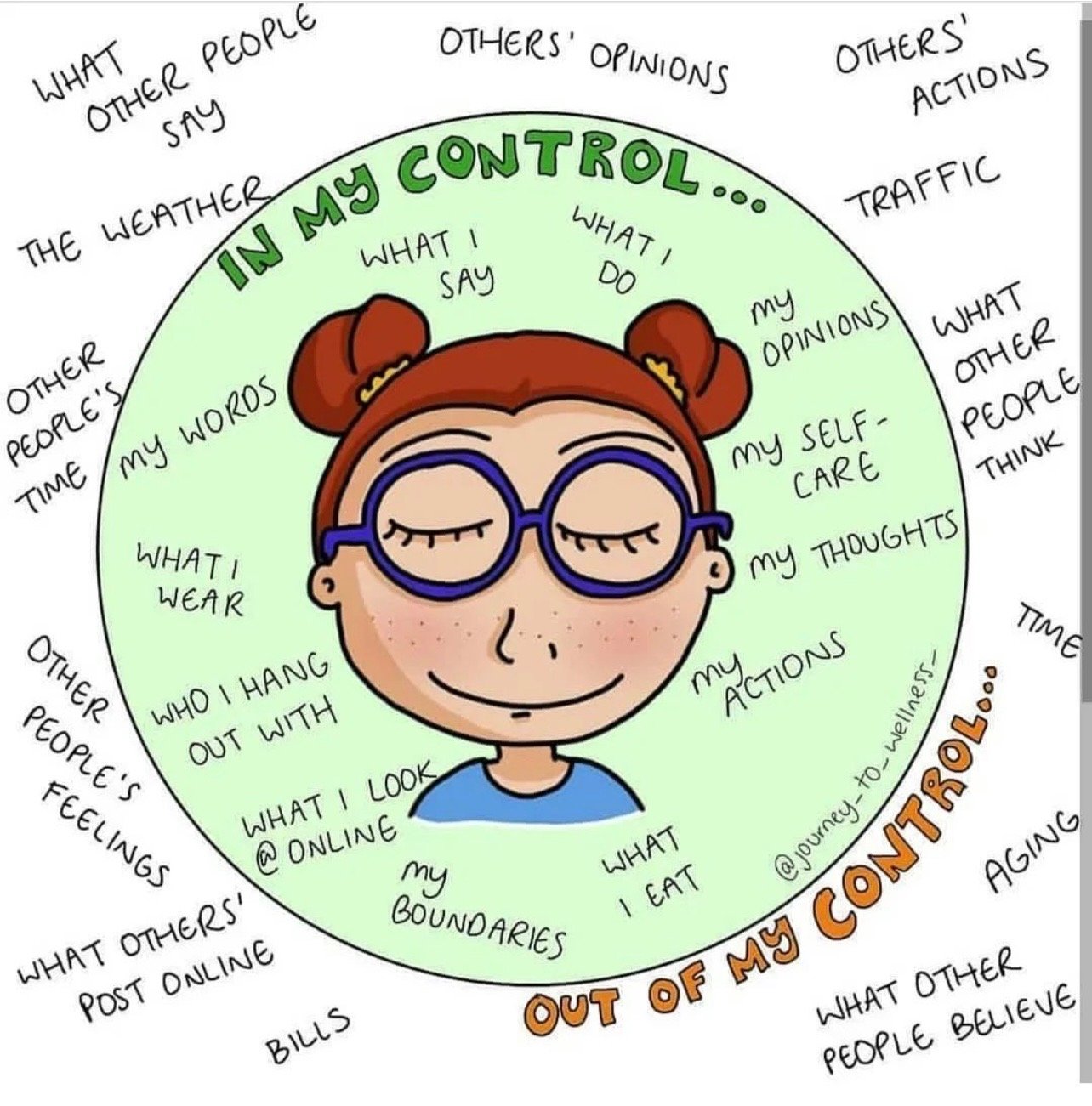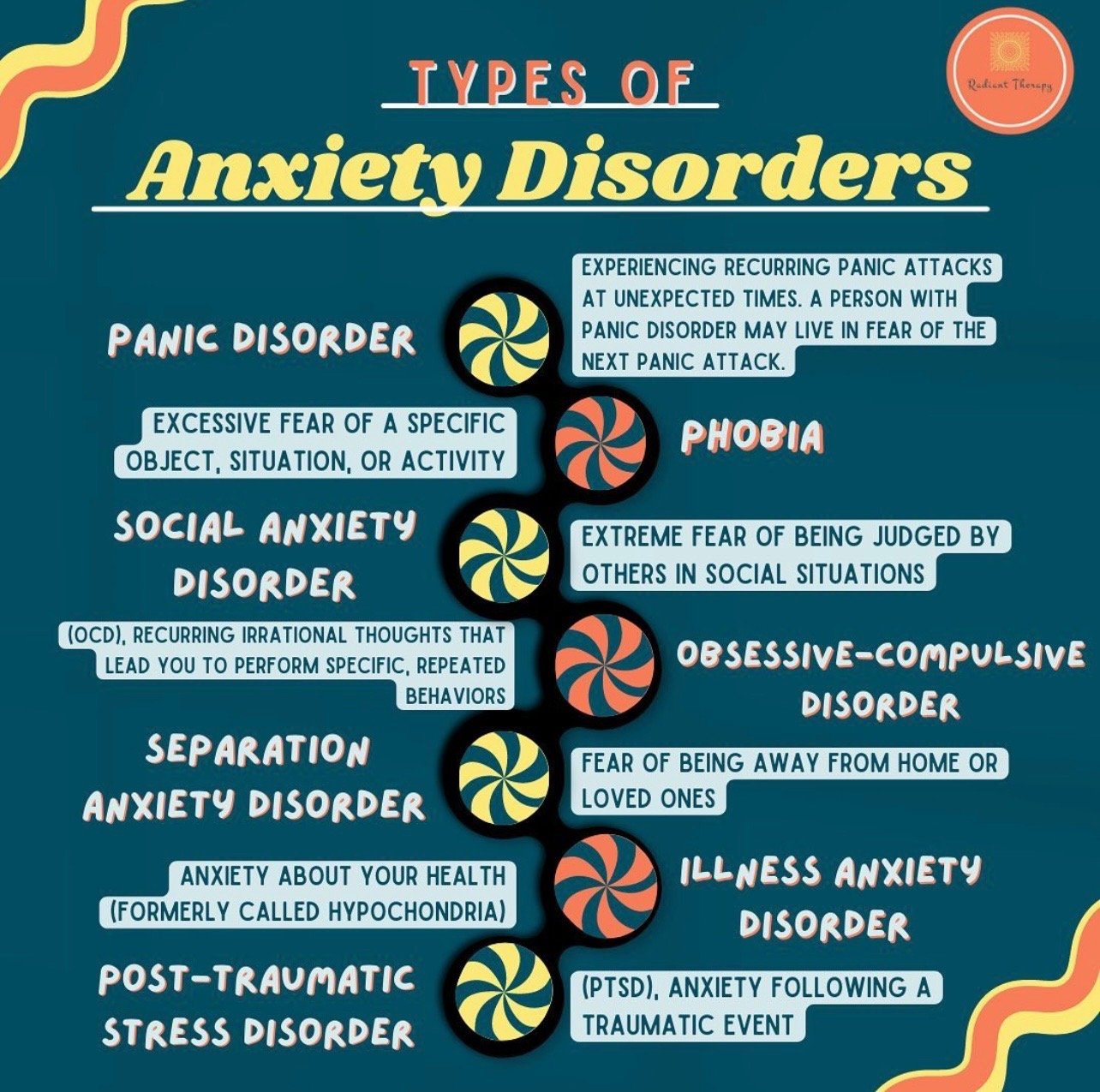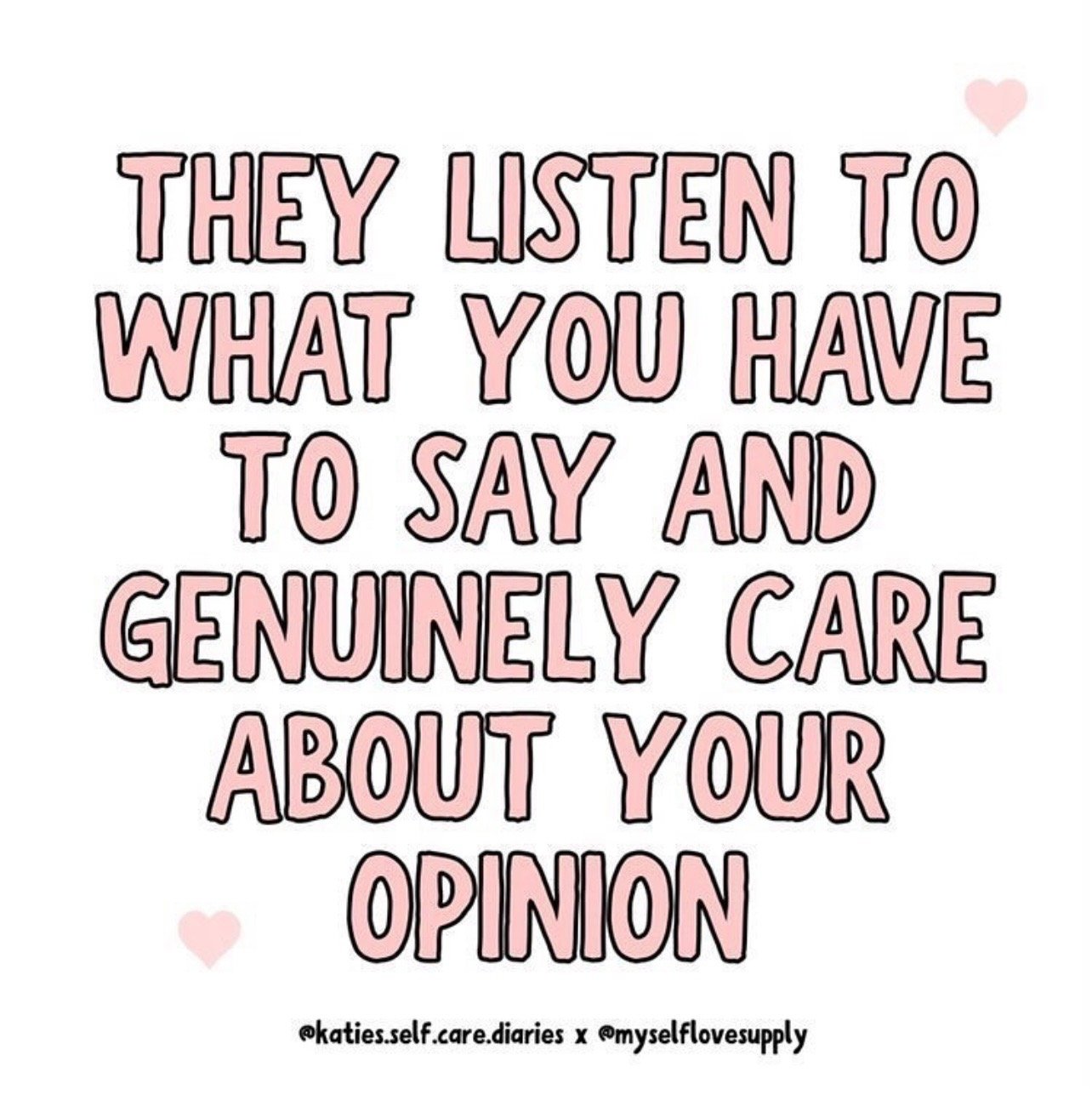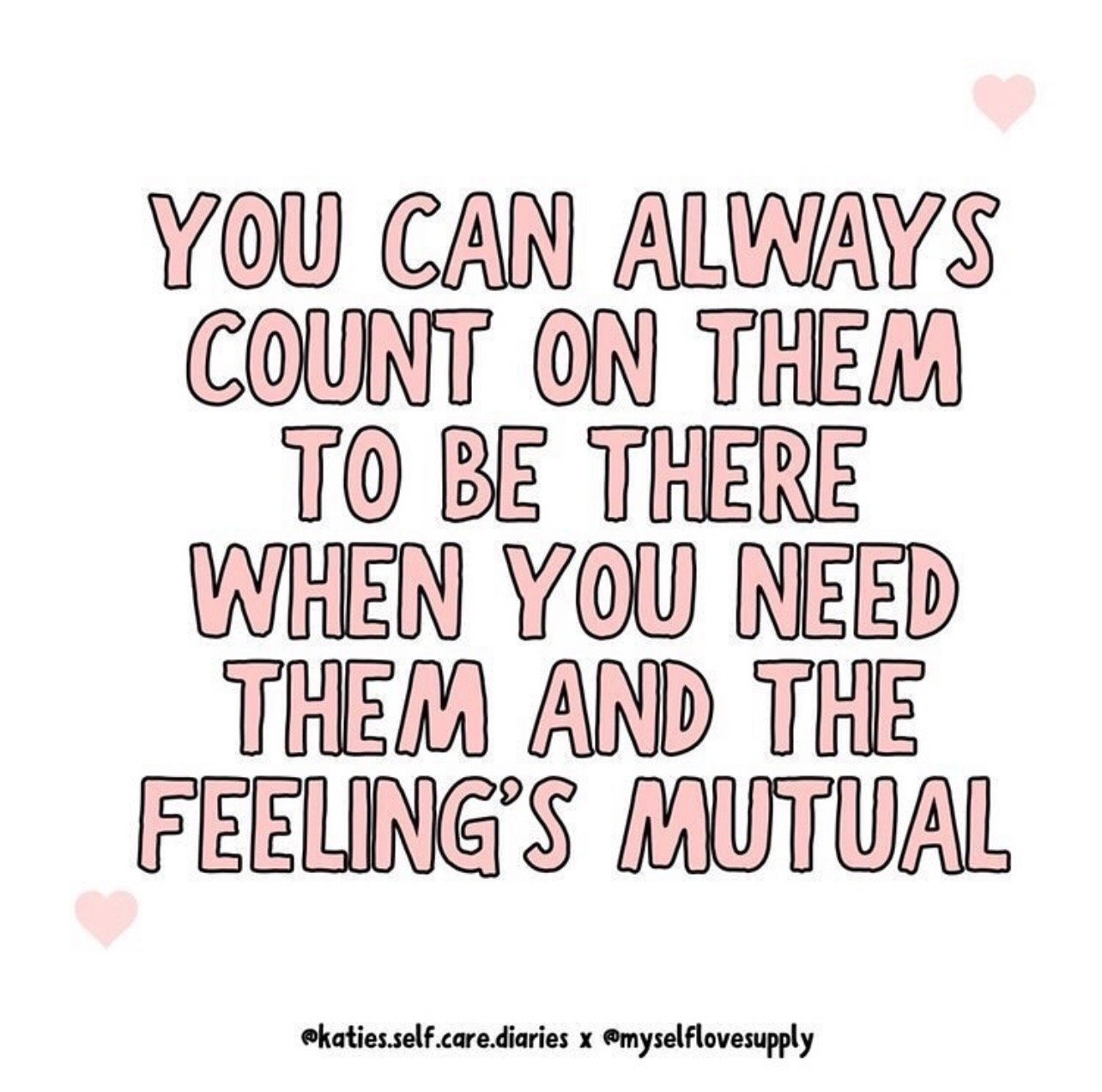Things to Say Instead of "Don't Cry"
What Is In My Control?
Types of Anxiety Disorders
Simple Ways to Help Feel Grounded
It's Ok If You...
Today's Goals
What Do You Do When You Just Can't Get Started?
What Do You Do When You Just Can't Get Started?
Avoiding, procrastinating, putting things off? What's the story?
Posted February 20, 2022 | Reviewed by Kaja Perina
F. Diane Barth L.C.S.W.
KEY POINTS
If you are having difficulty getting motivated to do something, you're not alone.
You can learn how to explore and revise the stories you tell yourself.
You want to get some exercise -- go for a run, take a yoga class, or even just get out of the house for a short walk. The weather’s beautiful, you know you’ll feel much better afterwards, but…you just can’t get yourself moving.
You’d like to call your grandmother, who lives in assisted living, is all alone, and loves to hear from you. Now would be a good time. You have a few minutes free. You know you’ll feel good for having done it. But…you can’t make yourself pick up the phone and call.
It would be great to get started on that project, the one that you really want to do. But now that it’s yours, it’s hard to get yourself to move on it.
We often call all of these difficulties procrastination, and that is certainly one part of what’s going on, but it’s not all there is to it. In fact, you may have read many of the self-help books and articles about how to stop procrastinating. Many of the suggestions in these books and articles are very helpful.
But sometimes none of those suggestions, including my own advice to focus on small steps, works.
Why?
As a psychotherapist, this is the question I’m most interested in.
Why can’t you just do it?
I’ve been thinking about this question all through the pandemic, as clients and friends talked about all sorts of possible projects to keep them busy while they were living/working/playing at home. Some were successfully begun, others successfully completed, but still others never got off the ground. And the folks who hadn’t been able to get going were frustrated, irritated, and upset by their inability to get started.
“I should have been able to just push through, to get off my butt and get going,” is something I heard over and over again. But while there’s something to be said for just pushing through and starting something without understanding the reason you’re avoiding it, sometimes that’s just not possible. Understanding the meaning of your resistance can make the behavior a little easier.
To find what your behaviors mean, look for the stories you tell yourself about those things.
You may not realize it, but you tell yourself stories about yourself all day long. In a recent YouTube workshop , Esther Perel says we all have “go-to-stories,” which put our lives and our behaviors into context. These stories tell us who we are, who we have been, and who we are going to be. They also tell us what we can and can’t do, and why.
Our stories, Perel says, can give us hope, they can motivate us, and they can keep us stuck.
If you’re having troubles getting started on something, ask yourself what you think will happen before, during and after? The answers are your stories, and they often explain what’s stopping you.
These stories might be from your past, but they might also be stories that you’re getting from the world around you. Sometimes just asking yourself if you even believe the messages can change a story and remove your resistance.
For instance, my colleague Kimberly Groscher, a psychotherapist, yoga teacher, and lecturer at Columbia University School of Social Work is doing research about Black women interested in doing yoga. She told me that many of the women she interviewed would like to try yoga, but “don’t see themselves represented in the marketing and messaging around yoga and so there’s this implicit message that it isn’t for them.” When the story is changed to “my body is able to do yoga in a way that works for my body,” Groscher said, they can find classes and teachers that welcome and support their practice.
A man who wanted to get a regular exercise regimen couldn’t get himself to go to the gym. When I asked him to tell me what he imagined would happen once he was at the gym, he said, “I’d get really tired after a half hour, at least the first few times. But if you don’t do a full hour and a half workout, you might as well stay home.” I said, “That’s the story you’re telling yourself. Do you know where that comes from?” It was from a time when he was self-conscious and uncomfortable in his body and believed the messages that he had to look a certain way to find a girlfriend or even a job. Now a successful businessman with a girlfriend who loved and respected him, he realized that the old story was still playing in his head. “I don’t even believe that story anymore,” he said. Released from that perspective, he realized that he wanted to go to the gym to be healthy, so that he could enjoy his job, his girlfriend, and their potential children. “And as soon as I realized that, I researched ways to keep yourself healthy,” he told me, “and discovered that forty-five minutes, even a half hour, on a regular basis, could do that.” He’s been exercising regularly since then.
A woman who wanted to change careers could not get herself to work on her CV. “I know I have great credentials,” she said, “But I just can’t sit down at the computer to write them out.” When I asked her to talk about what she imagined would happen, we discovered that underneath her self-confidence was an old story that she would not be good enough for the job she wanted, no matter what she said on her resume. She said, “Maybe writing the CV would help me re-write the story of my abilities for myself, even if I don’t get the first job I apply for.”
A woman who could not get herself to call her grandmother worried that her grandmother would feel sad when they hung up. “I know it’s stupid,” she said. “But I imagine her sitting there, talking to me, and then looking so lost and lonely when I say goodbye.” I encouraged her to ask her parents and siblings if they had the same story. If so, they as a family might want to think about how to help her grandmother be less lonely. But to her surprise, they told her that her grandma was always happy after a conversation with her, that she often called another family member to share her good feelings.
Ask yourself what you imagine will happen when you do whatever it is you’re avoiding. Remember, the stories may come from old family dynamics, your own psyche, or the world around you. Once you’ve got the them out in the open, you can ask yourself if there’s another way of thinking about the situation. A different perspective with a different story attached may be just what you need to get started.
Coping Tools: What Helps Me
Daily Routine Based On My Energy Levels
What's your attachment style? Take this quiz to find out
What's your attachment style? Take this quiz to find out
February 15, 202212:03 AM ET
Connie Hanzhang Jin/NPR
How do you feel when your partner doesn't respond to your text right away? Is it easy for you to express your feelings to friends or loved ones, or do you struggle? Do you stay in touch with exes? Worry your current partner will leave you?
How you answered those questions can offer some insight into your attachment style. According to the field of attachment theory, each person has a unique attachment style that informs how you relate to intimacy: secure, anxious, avoidant and a small subset who are anxious-avoidant.
This quiz, adapted from Amir Levine and Rachel Heller's bestselling book, Attached: The New Science of Adult Attachment and How It Can Help You Find — and Keep — Love, will help you figure out your own attachment style.
Research has shown that even just knowing about the four attachment styles can positively influence your relationships. "It helps people become more secure," says Levine, who is a psychiatrist and neuroscientist at Columbia University.
And though you may not have a choice in which attachment style you have, it's not just up to you to address it — other people have a role to play too. "It's something that happens in the space between two people. They think, 'Oh, I have this attachment style, so I have to fix it by fixing myself.' But it's a relational thing," says Levine.
He recommends creating a "secure village"— surrounding yourself with secure people as a way to make yourself more secure.
Curious about your partner's attachment style? This quiz can help.
Self Soothing: How to make yourself feel better
You, The World, Your Life
8 Signs Someone Values You
Things You Don't Need to Feel Guilty About
COMIC: Finding peace with singlehood in a society that wants everyone to partner up
By: LA Johnson
Things that can affect your mood without you realizing
Learned Reaction vs. Healing Response
How to cope with SAD or seasonal affective disorder
How to cope with SAD or seasonal affective disorder
When Dr. Norman Rosenthal moved to the U.S. from South Africa, he felt less energetic during the harsh winters. He noticed that other people felt the same way. "Just like the autumn leaves, they became depressed on schedule," says Rosenthal, a clinical professor of psychiatry at Georgetown University School of Medicine. "In spring, the condition reverses itself." He studied the problem, published the first research on the syndrome and coined its name: seasonal affective disorder, or SAD.
Rosenthal found that about 1 in 20 people in the U.S. has SAD. If you have it, you may feel sluggish or depressed, oversleep, overeat, gain weight and be uninterested in doing things you previously enjoyed. Many more people have the winter blues, a milder version of SAD, where you feel like a sadder, sleepier or slower version of yourself.
One of Rosenthal's patients described themselves as feeling like a bear in the winter and wanting to hibernate. "So if you feel any identification with a hibernating bear, you might well have SAD," he says. Women are about four times more vulnerable than men, and the condition is more common in the Northern Hemisphere.
With winter just around the corner, here's why you may feel this way — and simple ways to feel better.
1. Recognize the symptoms
When Maia was a teenager, she noticed that in the winter, she didn't feel like herself. She says she was "just lying there for hours and hours, not knowing how to get out of bed and move or do anything." The songwriter from California doesn't use her last name to protect the privacy of her family. (She goes by mxmtoon, pronounced em-ex-em-toon, in her music.) It was hard for her to do basic things like eat a meal, drink water or even use the bathroom.
Credit: Annelise Capossela for NPR
She tweeted about it. "I went on Twitter and I was like, am I crazy? Because I feel really sad right now." Lots of people tweeted back, telling her to look into seasonal affective disorder. So she talked to her parents and friends and realized they all felt the same way.
Rosenthal says if you feel like things are getting more difficult every fall when it gets darker earlier, but you feel better in the bright days of spring and summer, you may well have SAD.
While some people don't feel different at all when the seasons change, Rosenthal says others are quite disabled by it. People diagnosed with SAD, he says, are "people who would go to a doctor because the problem was bad enough."
Rosenthal says it can be hard to recognize a pattern, because the symptoms creep up on you. "For example, it might be a little bit serious in September and a little worse in October and a little worse in November. It's a little bit like the story of the frog in the bowl that keeps getting warmed up, and he doesn't really realize that he's going to die of overheating because it happens so incrementally."
But, he says, recognizing your symptoms and taking them seriously are critical, because SAD can be debilitating or worse.
2. Let there be light
Light — and not getting enough of it — are at the heart of this disorder.
It turns out that a fundamental part of the physiology of this condition is that some people just need more light. One often recommended fix for this is a SAD lamp. Rosenthal says these lamps generate light that's far more intense than indoor lighting — about 10,000 lux, a measurement of light.
This light is absorbed through the eyes, not the skin — but, he says, don't stare at it. Rosenthal says he places it so that the light is shining down on him, just like it would if it were a sunny day. "That's how we evolved to see light — with the heavens above and the sun shining down, so that it comes and hits the bottom part of our retina." The morning is often the best time, and the earlier the better.
He says if you use the lamp for about 20 to 30 minutes a day, you should feel a difference within two weeks. If you don't, return it.
Credit: Annelise Capossela for NPR
Recent studies suggest that the value of preventive light therapy is inconclusive and that it's really a patient's preference whether to use it or not. But as a treatment for those who have seasonal affective disorder, SAD lamps have made a big difference.
Isabel Harris, known as Iz in the vlogging world, experiences SAD as "general fogginess and sleepiness." Most people go about their day normally with indoor lighting, but for people with SAD, that indoor lighting is the equivalent of darkness. Iz bought a SAD lamp, and the result was astonishing. "If I come in feeling a bit foggy-headed, I'll turn it on and it functions a lot like taking a walk outside, just like allowing my brain to wake up a little bit."
She has used this SAD light for eight years. "And on the days that I don't, I notice a significant difference in irritability and kind of just general hopelessness and energy levels," she says.
Remember, even if you use a SAD lamp, make sure you are still trying to get as much natural light as possible. Go outside, even if you don't feel like it, because even when it appears overcast, you are getting light from the sun. Remember that small things can make a difference, so trim any overgrowth around your windows and clean the panes.
3. Be thoughtful and consistent about what (and when) you eat
Rosenthal says people with SAD have a tremendous appetite for carbohydrates. "They crave sweets and starches. And needless to say, that puts on weight, and they can't always take it off in the summer, so every year they're ratcheting up a little more, a little more, and it's a real problem."
Emily Manoogian, Ph.D., is a clinical researcher at the Salk Institute for Biological Studies. She says it's not only what you eat and how much but, importantly, when.
To understand this, we need to understand circadian rhythms.
" 'Circadian' is just Latin for 'about a day.' When we talk about circadian rhythms, it's referring to these 24-hour rhythms that we have within our body and throughout biology," she says.
Think of every cell and system in your body as having a tiny clock. And each of these tiny clocks is on approximately a 24-hour cycle, so a master clock in your brain coordinates and makes sure those tiny clocks work together. This "circadian system" essentially signals to your body what time of day it is and what time of year it is and helps match your behavior with your environment.
Manoogian says people with SAD usually have a sort of delay in their circadian rhythm. Manoogian says just like light, food is an important cue to your body. "If you are eating, your body thinks it should be awake."
So what does this have to do with SAD?
She says when the days get shorter, eating or not eating is a good way to signal all those tiny clocks. "Being able to coordinate your internal clocks with your environment can kind of help ease any burden that changes in seasons might have," she says.
Make sure to stop eating three hours before you go to sleep, so your body knows to rest. By just controlling the time that you eat and keeping it within a consistent 10- to 12-hour window, you're giving your body a really strong cue to tell it the time of day, regardless of anything else that's going on.
4. Make time for movement
Like light or food, exercise is another environmental cue that helps signal to all those internal clocks what time it is. Manoogian says physical activity is a cue that says "wake up." "Doing things like exercising during the active time of your day can actually help your body know kind of what time of day it is, coordinate using all that energy and stimulate the brain to be awake to the right time of day and then allow your body to really rest in the evening."
She says controlling those external cues allows your body to really respond to the environment much better.
Rosenthal says when it's cold and dark and you don't feel energetic and aren't active, it can turn into a vicious cycle. "You don't feel like getting up in the morning, so you pull the covers over your head, so you get less light. So you feel more depressed, so you feel even less like getting up. Whereas if you force yourself to get up, then push yourself to do all these things, then you can feel much, much better," he says. Try to push through.
5. Reduce stress
Rosenthal says seasonal affective disorder has three main causes: a genetic component, a lack-of-light component and stress.
He says if you didn't have to do anything, the symptoms wouldn't be as pronounced. "It's when you've got things to do and you're feeling down and not thinking straight and not feeling effective, that's where you can really feel most depressed."
Reduce stress as much as you can. You may want to see a therapist and talk through how you feel. You may want to try meditation. Rosenthal says the effects of practicing meditation on SAD haven't been fully studied yet, but he believes it can help because meditation destresses you.
Be proactive about making pleasurable plans.
Maia says she doesn't wait for occasions like a birthday or holidays to do something special anymore; she celebrates small things that bring her joy. "I try and make myself have things to look forward to, whether it's like baking a pie on the weekend or drinking a cup of tea every single day. And that fuels me a little bit more and feeds me as a person when I'm not able to go outside and feel fed by the world."
For Maia, an important form of self-care is songwriting. Writing about what she's going through helps her process her feelings. She released a song called "Seasonal Depression" as mxmtoon.
She also accepts that for her, winter will never feel like summer. "I've also reminded myself that it's just an indication that the year is passing by and that's OK. Reminding yourself that everything is cyclical and it's bad right now, but it will be good in the future."
Rosenthal says a lot of people do really well following these simple tips. But if you don't find yourself feeling better or if SAD is interfering with your personal relationships or work, he says, medication can also be very effective.
And keep in mind that none of this will make the disorder go away, but as Rosenthal puts it: "It's not a cure, but ... sometimes the SAD dies of neglect."





































